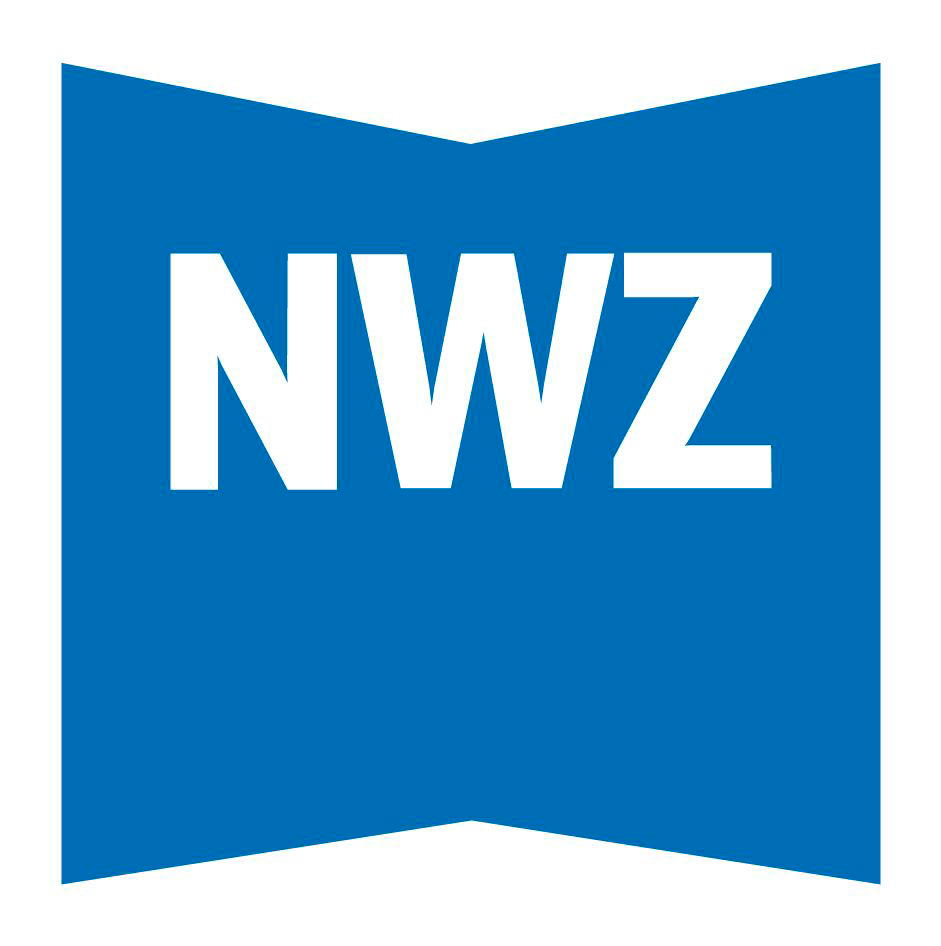

German daily Nordwest Zeitung uses rich metadata to guide online publication of local news with minimal manual curation
Nordwest Zeitung is a large regional news publisher in north-west Germany. The daily paper is published in seven regional editions six times a week, with a paid circulation of around 110,000. The Web edition of the daily, NWZonline, has over 1.4 million monthly visitors and carries national and local news as well as classified advertising for cars, jobs and property.
NWZonline has over a hundred micro-regional sections, each containing pages of local news relating to a small town or district. Keeping these local pages up to date is important to maintaining reader engagement, but managing such a large volume of content in a timely fashion would require considerable editorial resources.
NWZ therefore decided to use the automation features of their Eidosmedia platform to curate the local content, while keeping manual editorial processes to a minimum.
Around 900 section pages of local news are … paginated daily using this automatic process.
News items entering the system are analyzed geographically using place name and people references to determine the local page or pages where they should appear.
At the same time, the importance of the story is gauged by an algorithm based on text length and headline size. This information is written into the item’s metadata.
The metadata tagging includes the following parameters:
The item metadata are also enriched through an automatic classification process carried out by the platform’s powerful embedded search technology.
Geographical relevance is determined by the story’s geodata, as well as by the names of people, organizations and places flagged up by semantic parsing.
The position on the page is determined by the length of the story, and its page placement in the print edition.
The timing of publication is calculated by an algorithm that takes into account the time stamp and applies positive and negative weightings depending upon priority and text length.
Once tagged, the news items are guided to the appropriate pages and published according to the timing determined by their metadata tagging.
Around 900 section pages of local news are selected and paginated daily using this automatic process.
Only two editorial staff are required to oversee the process and manual intervention is minimal.
The high level of automation allows a carefully curated website to be published with minimal staff intervention. The semantic tagging is also used to generate ‘topic pages’ that bring together information on people, places and organizations.
Readers access these ‘topic pages’ by clicking on “More about ...” links under the news items that mention them.